What is the tolerance range of precision screws?
What is the tolerance range of precision screws?
Service Hotline
+86760-8787 8587We have more than ten years of production experience in the screw industry, the main products are: high-strength hexagonal thin nuts, extended full-tooth external hexagon screws, internal and external studs, screw screw connection nuts, 12.9 external hexagon screws, internal expansion screws, red copper Spring washers, plywood nut type flat nuts, nylon non-slip lock nuts, cotter pins, hexagon screws, combination screws, three wave crest washers, hexagon socket screws, bald head non-knurled screws and other fasteners, due to the product material and Specifications vary, prices vary, please contact us if necessary.


Other names of lock nut: root nut, locknut, nut. Purpose: To lock the outer joint of the through wire or other pipe fittings. The working principle of the nut is to use the friction between the nut and the bolt for self-locking. However, the reliability of this self-locking is reduced under dynamic loads. In some important occasions, we will take some anti-loosening measures to ensure the reliability of the nut locking. Among them, the use of lock nuts is one of the anti-loosening measures. There are also three types of lock nuts: The first is to use two identical nuts to screw on the same bolt, and add a tightening torque between the two nuts to make the bolt connection reliable. The second is a special anti-loosening nut, which needs to be used together with a kind of anti-loosening washer. The special lock nut is not a hexagonal nut, but a medium round nut. There are 3, 4, 6 or 8 notches on the circumference of the nut (depending on the size of the nut and the product series of the manufacturer). Several notches are both the focal point of the tightening tool and the snap-in of the lock washer bayonet. The third type is to drill through threaded holes from the outer surface of the nut to the inner thread surface (usually 2, which are distributed at 90 on the outer surface), which are used to screw in small-diameter countersunk head screws. The purpose is to give the thread Apply a centripetal force to prevent the locknut from loosening. The better quality lock nut sold on the market is inlaid with a small copper block that is consistent with the thread of the lock nut on the inner surface of the nut to prevent the radial jacking screw from directly contacting the locked thread and damaging the latter. . This kind of lock nut is gradually applied in the shaft end locking of rotating motion parts, such as the anti-looseness of the bearing at the mounting end of the ball screw. The second anti-loosening method is more reliable than the first, but the structure is relatively complex. Compared with the first two, the third clock has the characteristics of better anti-loosening effect, simpler and more beautiful structure and smaller axial size.
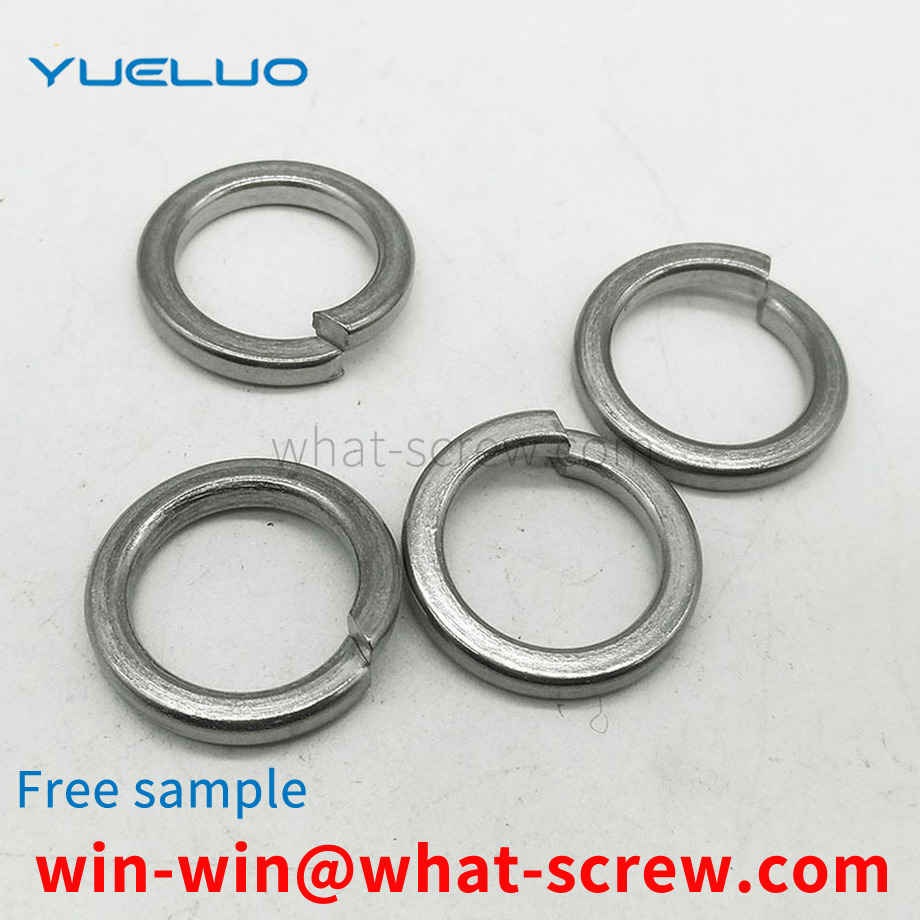
2. Wall panel nails 1. Hardness of the heart: Standard: HRC24-45. 2. Surface hardness: Standard: HV600-800. 3. Carburized layer: 4#-6# 0.05-0.18mm, 8#-12#0.10-0.23, 14# 0.13-0.28. 4. Bending degree: the requirement is 150-450 5. Salt spray test: generally MIN 48h. 6. Torque: Specification 6#7#8#10# Torque 21283558. 3. Drilling screw 1. Hardness of the heart: Standard: HRC32-40 The actual measurement of the company's products is HRC31.7-39.0. 2. Surface hardness: Standard: HV600-700 The actual measurement of the company's products is about HV620. 3. Hard penetration layer: 4#-6#: 0.05-0.18mm 8#-12#: 0.10-0.23mm 14#: 0.15-0.28mm 4. Torque: specification, drill tail, screw, TYPE BSDTYPE CSDINCH-LBKG- CMINCH-LBKG-CM4# (2.9) 141614166# (3.5) 242824288# (4.2) 4248485510# (4.8) 6170657512# (5.5) 9210610011514# (6.3) 150173156180.
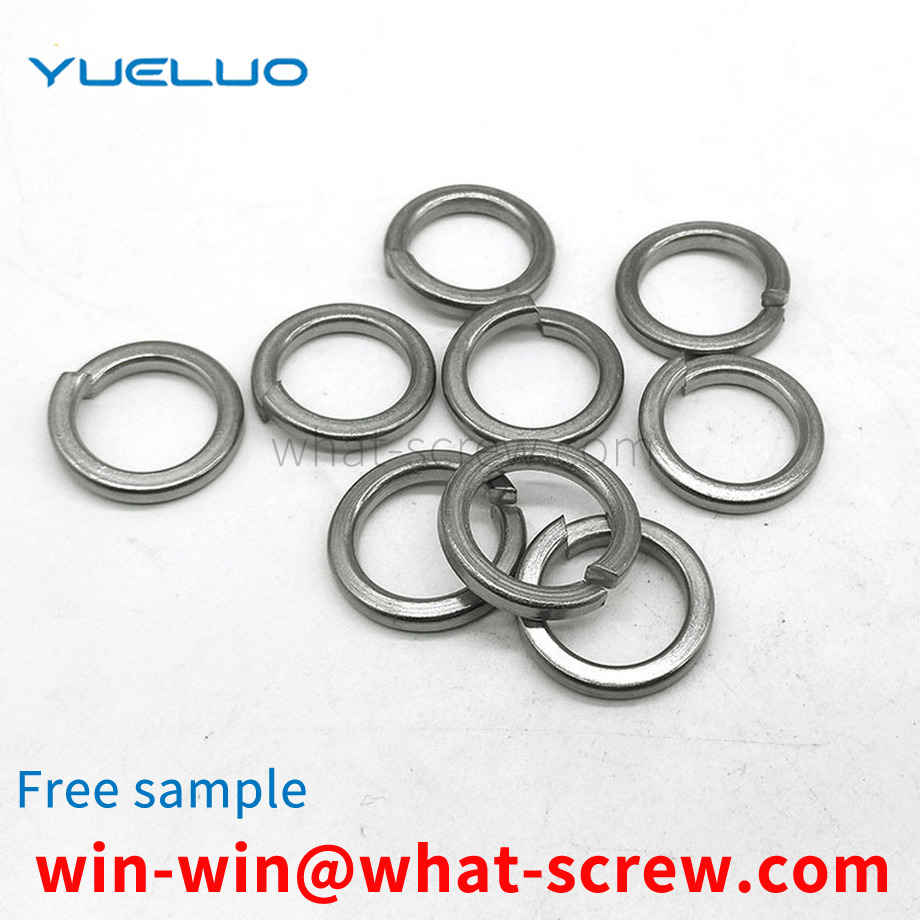
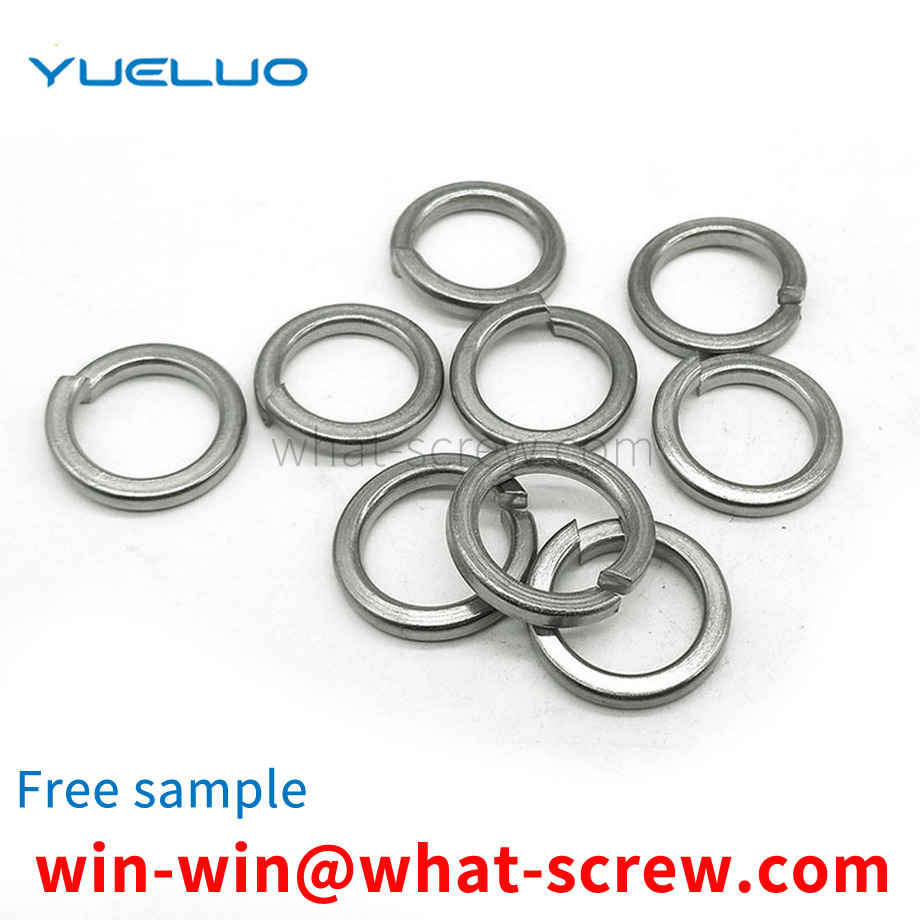
With the rapid development of electronic technology, the integration of circuit boards is getting higher and higher, and the number of layers of circuit boards is increasing. Press-fit and fix to ensure accurate alignment during riveting and pressing. The rivets used on PCB boards are basically brass rivets. When riveting and pressing multi-layer PCB boards, metal chips are prone to appear, inner layer short circuits or foreign objects between layers, and because of the brass rivets With higher hardness and larger wall thickness, the riveted area of the PCB is thicker than the non-riveted area, which is easy to cause damage to the middle steel plate of the auxiliary tool. At the same time, the protruding rivets hinder the free expansion of the copper foil, which is easy to produce copper foil. wrinkling phenomenon. Now there are improved plastic rivets used to manufacture multi-layer PCB boards. The advantage is that no metal debris is generated, and at the same time, the tool steel plate is not damaged to the greatest extent. However, the existing plastic rivets are insufficient due to the inherent strength of plastics. When the PCB board is riveted and pressed, it is easy to deform, and the positioning is inaccurate, resulting in dislocation between layers, resulting in poor improvement of the product defect rate.
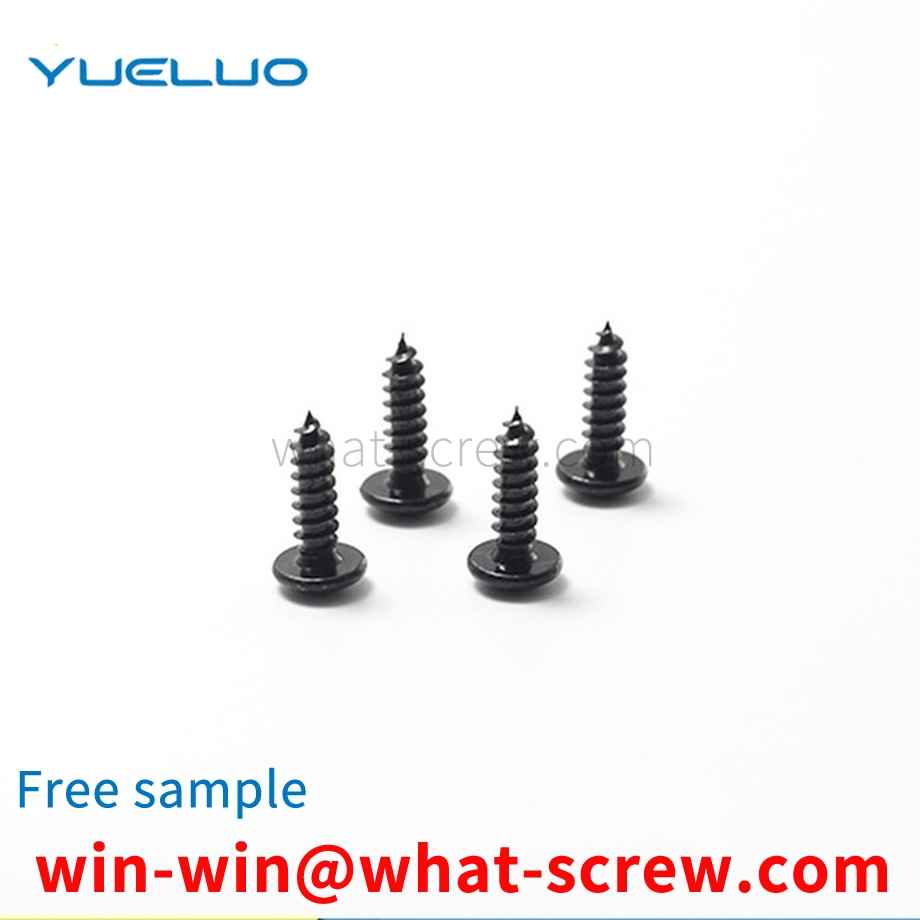
Most of the existing screws use an integral metal structure, and there are still some problems, such as large weight, high cost of materials, wear resistance, hardness, rust resistance, corrosion resistance, high and low temperature resistance, brittleness, toughness, etc. Many occasions cannot meet the needs of production, and further improvements are needed to improve production efficiency, reduce costs, improve safety, and prolong the service life of screws.
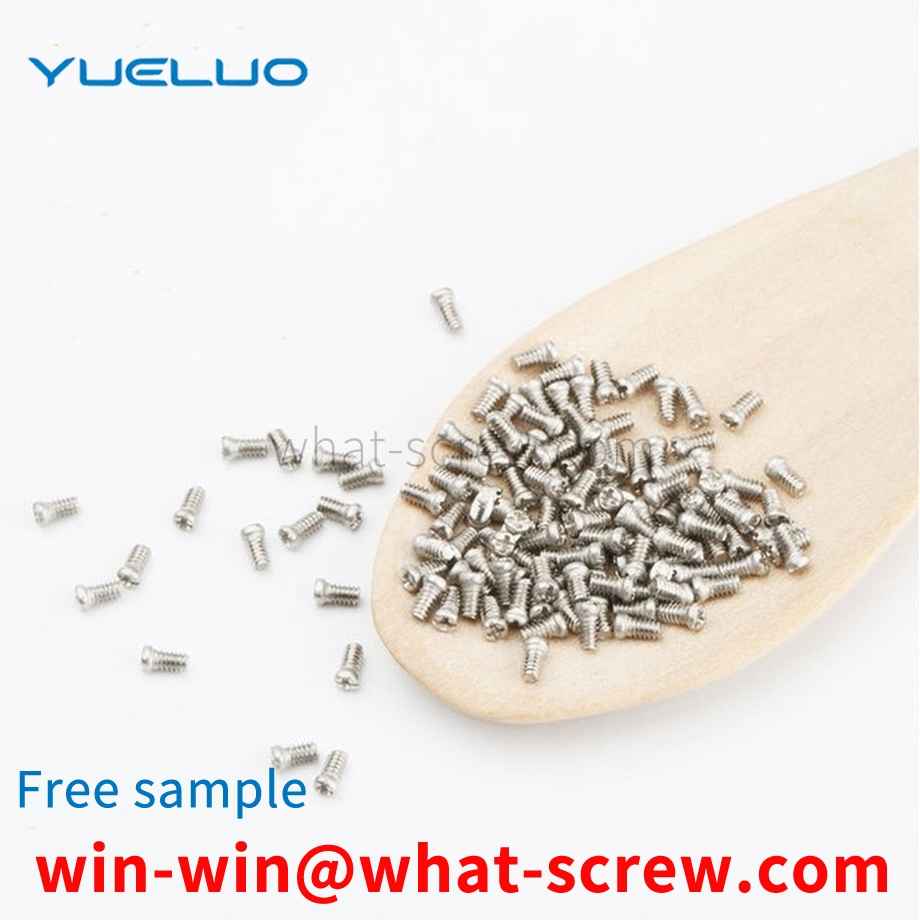
The above content is uploaded by Yueluo or the Internet. If there is any copyright issue, please contact [email protected].

What is the tolerance range of precision screws?

How to choose the right stainless steel screw manufacturer?

Why is there an R angle under the head of the hexagon head s...

We have more than ten years of experience in the production ...

We have more than ten years of production experience in the ...

We have more than ten years of experience in screw industry ...

We have more than ten years of experience in screw industry ...